Instruction
How increasing mobility can help your golf swing
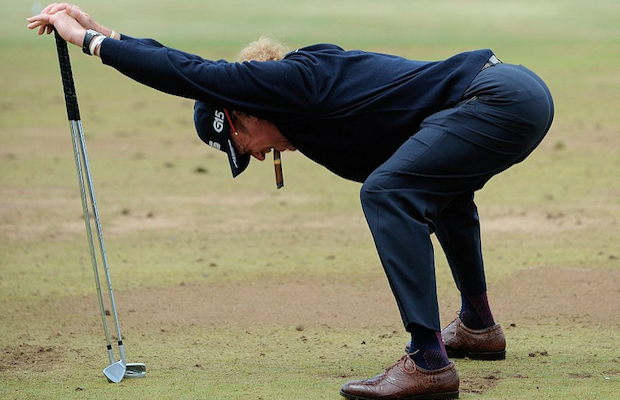
How do you increase consistency and accuracy through mobility?
OK, you are doing the lessons, you have great clubs and you are engaging in golf fitness; the trinity of going low for a round of golf. But if you miss one of the most important keys to unlocking the ability to utilize all of this hard work, then your back to square one. So what are the keys that unlock your potential?
The primary foundational key is “mobility.” One of the biggest problems that I see before a round of golf is that most golfers jump out of the car and go straight to the range hitting balls at 100 percent full speed. Better yet, they’re running late so it’s off to the first tee box in hopes of hitting it straight down the pipeline. But what they end up with is a block, pull, slice or hook. But rarely in the fairway with the distance they want.
Then, following a first-hole double-bogey, the golfer proclaims “I’m just warming up.”
Mobility is a foundational key that unlocks the potential for consistency, accuracy and distance. Performing movement patterns centered on joints that are designed to be mobile, you will able to move efficiently, or as we commonly say, “get through the ball.”
You will be able to maximize your full potential because you’ll have full range of motion. If the range of motion is limited, then you start to compensate and use other parts of the body to do the work that its not intended to do. Hence wayward shots and possibly injury.
To locate those mobile joints, we will refer to the joint-by-joint approach of the mobility-stability chart in figure A.
As we can see, the mobile sites are Ankle, Hips, T-Spine, Neck, Shoulder and Wrist. When these sites have limited range of motion, we will compromise and start to use the stable sites to perform mobility work. This is how we get the injuries in the knees, lower back, upper back and the elbow. When the mobile joints have the capacity to move within a full range of motion, the stability joints can do their job, resulting in consistency and accuracy.
Mobility is the foundation that needs to occur first to increase improvement.
“Mobility before stability, stability before movement, movement before strength,” says Gray Cook, Titleist Performance Institute Advisor and founder of Functional Movement Systems.
To understand mobility during a golf swing, we need to understand the range of motion needed to be efficient. Utilizing TPI screening, we have the required ranges needed.
- Ankle: Plantar flexion (pointing toes down) 0-50 degrees, Dorsiflexion (pointing toes up) 0-20. This will allow an efficient lateral push from trail to forward foot with feet planted firmly on ground at impact.
- Hips: Rotate greater than or equal to 45 degrees in both directions. This will provide good spine mobility, as well as the ability to generate speed and separation between lower body and upper body.
- Torso: Shoulders that can rotate freely without hips moving, provides proper sequencing in the backswing to generate good separation and coil.
- Neck: Head rotates 90 degrees left and right and can lower so that chin touches mid-collar bone, which creates good neck mobility. This allows the ability to control head movement in backswing and downswing.
- Shoulders: Arm can rotate backwards more than 90 degrees when standing, and in golf posture. Good shoulder mobility allows the golfer to create proper arm positions at top of swing and follow through.
- Wrist hinge: Can hinge up 20 degrees. Can hinge down 30 Degrees. Good wrist mobility is necessary for setting wrists in backswing and releasing wrists for power in downswing.
The average golfer has limited range of motion. This range is limited even more so because of inactivity and large amounts of time dedicated to sitting behind desks hunched over a computer. So when you go straight to full speed, hitting golf balls with limited mobility, you then breakdown the primary key to the foundation. Thus, compensation occurs and inconsistency becomes a factor during your round. As we look back at the pyramid, we can see that lack of mobility creates instability, which causes an uncontrolled movement and final it destroys the skill that we worked so hard to get. This is that day when you ask yourself, “what happened to my swing? I was hitting great the other day.”
During the season, spend more time on mobility movements to increase improvement. Here are a few exercises that you can do on a daily basis to help increase your range of motion.
Medicine Ball mobility: http://youtu.be/8jM3OA6v-TY
TRX Mobility: http://youtu.be/YRbUFwHTh6I
You can also visit this link for more exercises on mobility: http://www.golfperformancefitness.com/golf-fitness-professionals
Also, utilize this mobility warm up prior to hitting balls or play for 5-10 min. to increase range of motion. http://youtu.be/3sLMjjGQYds
Instruction
The Wedge Guy: Beating the yips into submission

There may be no more painful affliction in golf than the “yips” – those uncontrollable and maddening little nervous twitches that prevent you from making a decent stroke on short putts. If you’ve never had them, consider yourself very fortunate (or possibly just very young). But I can assure you that when your most treacherous and feared golf shot is not the 195 yard approach over water with a quartering headwind…not the extra tight fairway with water left and sand right…not the soft bunker shot to a downhill pin with water on the other side…No, when your most feared shot is the remaining 2- 4-foot putt after hitting a great approach, recovery or lag putt, it makes the game almost painful.
And I’ve been fighting the yips (again) for a while now. It’s a recurring nightmare that has haunted me most of my adult life. I even had the yips when I was in my 20s, but I’ve beat them into submission off and on most of my adult life. But just recently, that nasty virus came to life once again. My lag putting has been very good, but when I get over one of those “you should make this” length putts, the entire nervous system seems to go haywire. I make great practice strokes, and then the most pitiful short-stroke or jab at the ball you can imagine. Sheesh.
But I’m a traditionalist, and do not look toward the long putter, belly putter, cross-hand, claw or other variation as the solution. My approach is to beat those damn yips into submission some other way. Here’s what I’m doing that is working pretty well, and I offer it to all of you who might have a similar affliction on the greens.
When you are over a short putt, forget the practice strokes…you want your natural eye-hand coordination to be unhindered by mechanics. Address your putt and take a good look at the hole, and back to the putter to ensure good alignment. Lighten your right hand grip on the putter and make sure that only the fingertips are in contact with the grip, to prevent you from getting to tight.
Then, take a long, long look at the hole to fill your entire mind and senses with the target. When you bring your head/eyes back to the ball, try to make a smooth, immediate move right into your backstroke — not even a second pause — and then let your hands and putter track right back together right back to where you were looking — the HOLE! Seeing the putter make contact with the ball, preferably even the forward edge of the ball – the side near the hole.
For me, this is working, but I am asking all of you to chime in with your own “home remedies” for the most aggravating and senseless of all golf maladies. It never hurts to have more to fall back on!
Instruction
Looking for a good golf instructor? Use this checklist

Over the last couple of decades, golf has become much more science-based. We measure swing speed, smash factor, angle of attack, strokes gained, and many other metrics that can really help golfers improve. But I often wonder if the advancement of golf’s “hard” sciences comes at the expense of the “soft” sciences.
Take, for example, golf instruction. Good golf instruction requires understanding swing mechanics and ball flight. But let’s take that as a given for PGA instructors. The other factors that make an instructor effective can be evaluated by social science, rather than launch monitors.
If you are a recreational golfer looking for a golf instructor, here are my top three points to consider.
1. Cultural mindset
What is “cultural mindset? To social scientists, it means whether a culture of genius or a culture of learning exists. In a golf instruction context, that may mean whether the teacher communicates a message that golf ability is something innate (you either have it or you don’t), or whether golf ability is something that can be learned. You want the latter!
It may sound obvious to suggest that you find a golf instructor who thinks you can improve, but my research suggests that it isn’t a given. In a large sample study of golf instructors, I found that when it came to recreational golfers, there was a wide range of belief systems. Some instructors strongly believed recreational golfers could improve through lessons. while others strongly believed they could not. And those beliefs manifested in the instructor’s feedback given to a student and the culture created for players.
2. Coping and self-modeling can beat role-modeling
Swing analysis technology is often preloaded with swings of PGA and LPGA Tour players. The swings of elite players are intended to be used for comparative purposes with golfers taking lessons. What social science tells us is that for novice and non-expert golfers, comparing swings to tour professionals can have the opposite effect of that intended. If you fit into the novice or non-expert category of golfer, you will learn more and be more motivated to change if you see yourself making a ‘better’ swing (self-modeling) or seeing your swing compared to a similar other (a coping model). Stay away from instructors who want to compare your swing with that of a tour player.
3. Learning theory basics
It is not a sexy selling point, but learning is a process, and that process is incremental – particularly for recreational adult players. Social science helps us understand this element of golf instruction. A good instructor will take learning slowly. He or she will give you just about enough information that challenges you, but is still manageable. The artful instructor will take time to decide what that one or two learning points are before jumping in to make full-scale swing changes. If the instructor moves too fast, you will probably leave the lesson with an arm’s length of swing thoughts and not really know which to focus on.
As an instructor, I develop a priority list of changes I want to make in a player’s technique. We then patiently and gradually work through that list. Beware of instructors who give you more than you can chew.
So if you are in the market for golf instruction, I encourage you to look beyond the X’s and O’s to find the right match!
Instruction
What Lottie Woad’s stunning debut win teaches every golfer

Most pros take months, even years, to win their first tournament. Lottie Woad needed exactly four days.
The 21-year-old from Surrey shot 21-under 267 at Dundonald Links to win the ISPS Handa Women’s Scottish Open by three shots — in her very first event as a professional. She’s only the third player in LPGA history to accomplish this feat, joining Rose Zhang (2023) and Beverly Hanson (1951).
But here’s what caught my attention as a coach: Woad didn’t win through miraculous putting or bombing 300-yard drives. She won through relentless precision and unshakeable composure. After watching her performance unfold, I’m convinced every golfer — from weekend warriors to scratch players — can steal pages from her playbook.
Precision Beats Power (And It’s Not Even Close)
Forget the driving contests. Woad proved that finding greens matters more than finding distance.
What Woad did:
• Hit it straight, hit it solid, give yourself chances
• Aimed for the fat parts of greens instead of chasing pins
• Let her putting do the talking after hitting safe targets
• As she said, “Everyone was chasing me today, and managed to maintain the lead and played really nicely down the stretch and hit a lot of good shots”
Why most golfers mess this up:
• They see a pin tucked behind a bunker and grab one more club to “go right at it”
• Distance becomes more important than accuracy
• They try to be heroic instead of smart
ACTION ITEM: For your next 10 rounds, aim for the center of every green regardless of pin position. Track your greens in regulation and watch your scores drop before your swing changes.
The Putter That Stayed Cool Under Fire
Woad started the final round two shots clear and immediately applied pressure with birdies at the 2nd and 3rd holes. When South Korea’s Hyo Joo Kim mounted a charge and reached 20-under with a birdie at the 14th, Woad didn’t panic.
How she responded to pressure:
• Fired back with consecutive birdies at the 13th and 14th
• Watched Kim stumble with back-to-back bogeys
• Capped it with her fifth birdie of the day at the par-5 18th
• Stayed patient when others pressed, pressed when others cracked
What amateurs do wrong:
• Get conservative when they should be aggressive
• Try to force magic when steady play would win
• Panic when someone else makes a move
ACTION ITEM: Practice your 3-6 foot putts for 15 minutes after every range session. Woad’s putting wasn’t spectacular—it was reliable. Make the putts you should make.
Course Management 101: Play Your Game, Not the Course’s Game
Woad admitted she couldn’t see many scoreboards during the final round, but it didn’t matter. She stuck to her game plan regardless of what others were doing.
Her mental approach:
• Focused on her process, not the competition
• Drew on past pressure situations (Augusta National Women’s Amateur win)
• As she said, “That was the biggest tournament I played in at the time and was kind of my big win. So definitely felt the pressure of it more there, and I felt like all those experiences helped me with this”
Her physical execution:
• 270-yard drives (nothing flashy)
• Methodical iron play
• Steady putting
• Everything effective, nothing spectacular
ACTION ITEM: Create a yardage book for your home course. Know your distances to every pin, every hazard, every landing area. Stick to your plan no matter what your playing partners are doing.
Mental Toughness Isn’t Born, It’s Built
The most impressive part of Woad’s win? She genuinely didn’t expect it: “I definitely wasn’t expecting to win my first event as a pro, but I knew I was playing well, and I was hoping to contend.”
Her winning mindset:
• Didn’t put winning pressure on herself
• Focused on playing well and contending
• Made winning a byproduct of a good process
• Built confidence through recent experiences:
- Won the Women’s Irish Open as an amateur
- Missed a playoff by one shot at the Evian Championship
- Each experience prepared her for the next
What this means for you:
• Stop trying to shoot career rounds every time you tee up
• Focus on executing your pre-shot routine
• Commit to every shot
• Stay present in the moment
ACTION ITEM: Before each round, set process goals instead of score goals. Example: “I will take three practice swings before every shot” or “I will pick a specific target for every shot.” Let your score be the result, not the focus.
The Real Lesson
Woad collected $300,000 for her first professional victory, but the real prize was proving that fundamentals still work at golf’s highest level. She didn’t reinvent the game — she simply executed the basics better than everyone else that week.
The fundamentals that won:
• Hit more fairways
• Find more greens
• Make the putts you should make
• Stay patient under pressure
That’s something every golfer can do, regardless of handicap. Lottie Woad just showed us it’s still the winning formula.
FINAL ACTION ITEM: Pick one of the four action items above and commit to it for the next month. Master one fundamental before moving to the next. That’s how champions are built.
PGA Professional Brendon Elliott is an award-winning coach and golf writer. You can check out his writing work and learn more about him by visiting BEAGOLFER.golf and OneMoreRollGolf.com. Also, check out “The Starter” on RG.org each Monday.
Editor’s note: Brendon shares his nearly 30 years of experience in the game with GolfWRX readers through his ongoing tip series. He looks forward to providing valuable insights and advice to help golfers improve their game. Stay tuned for more Tips!




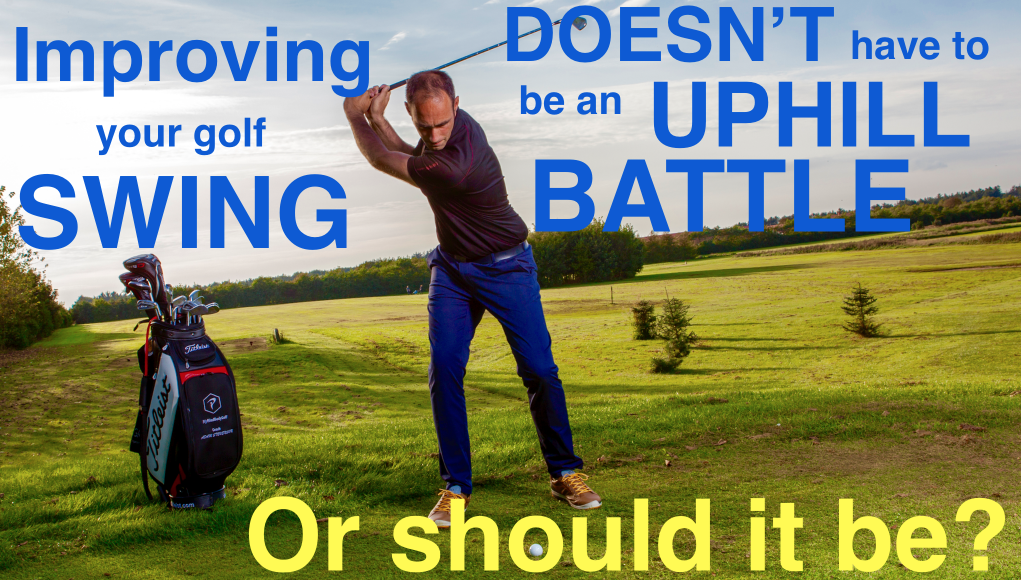
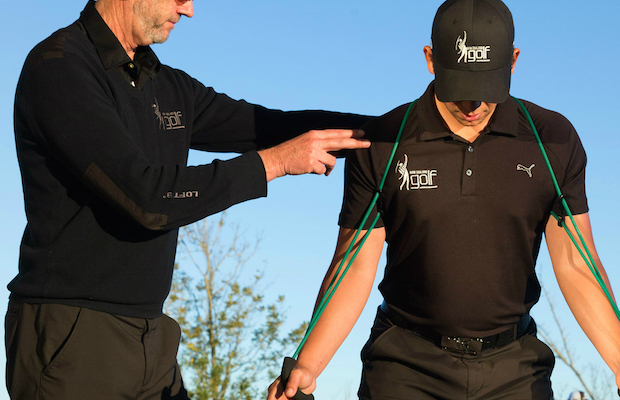
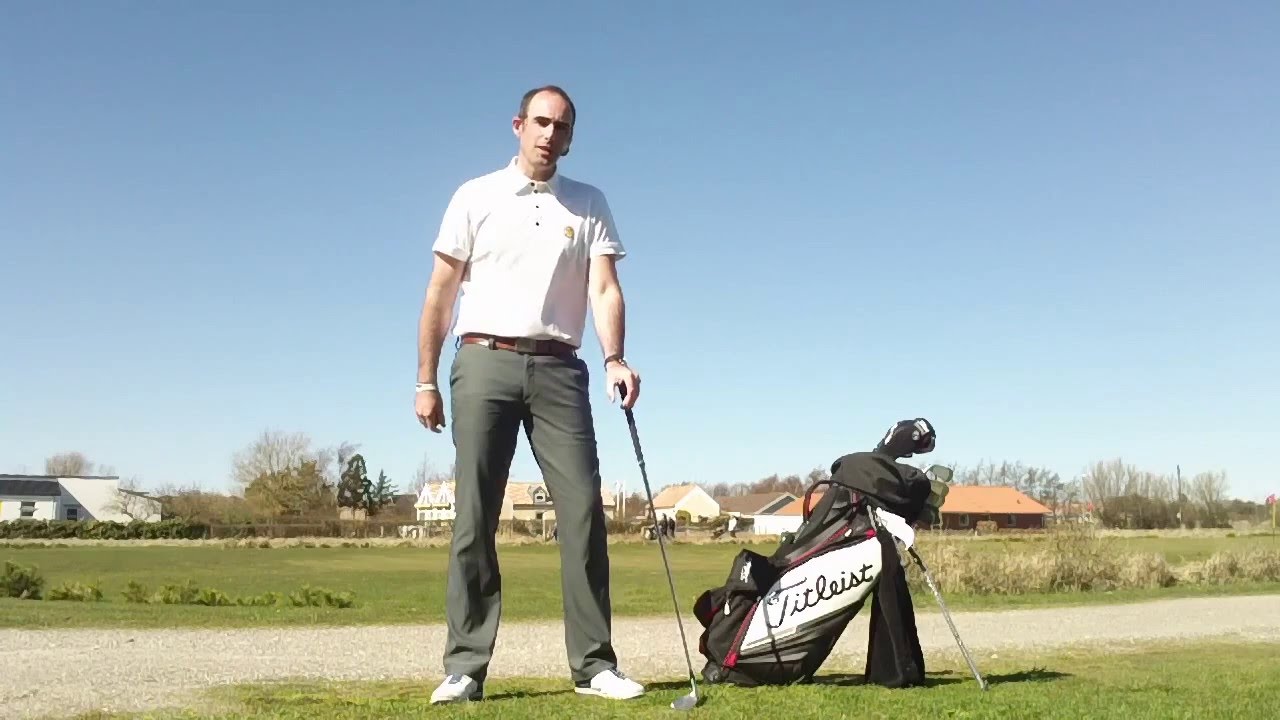
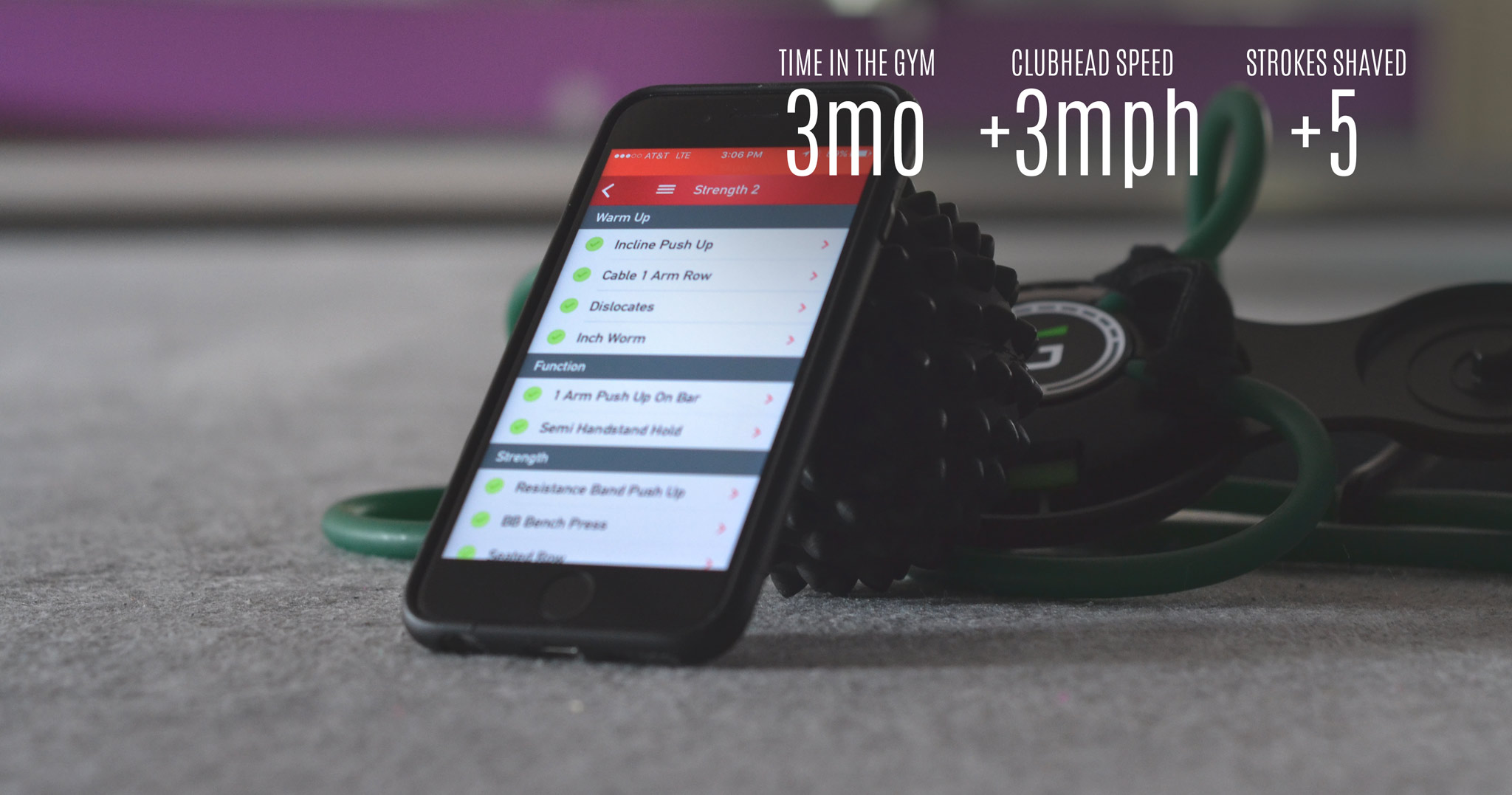
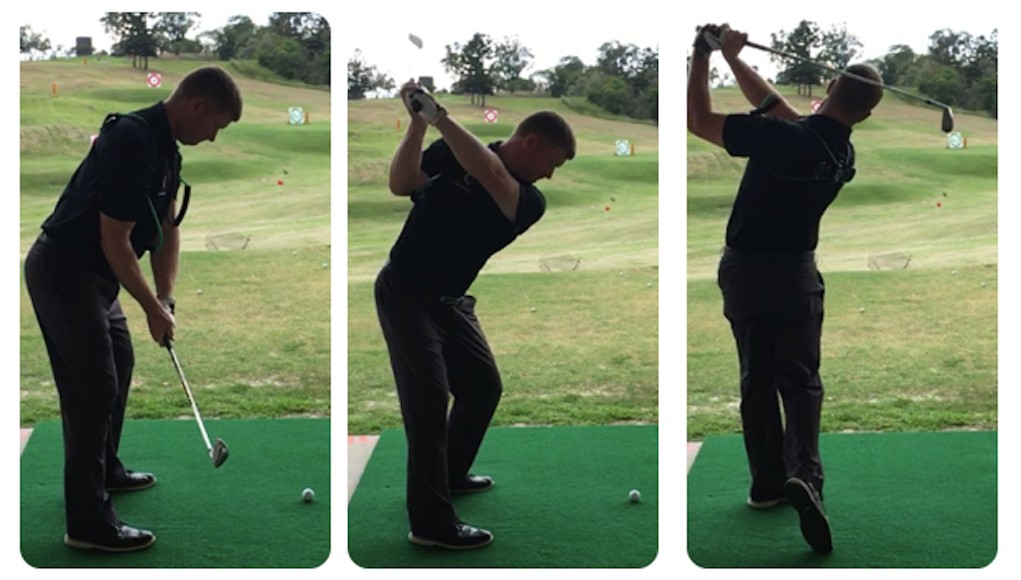
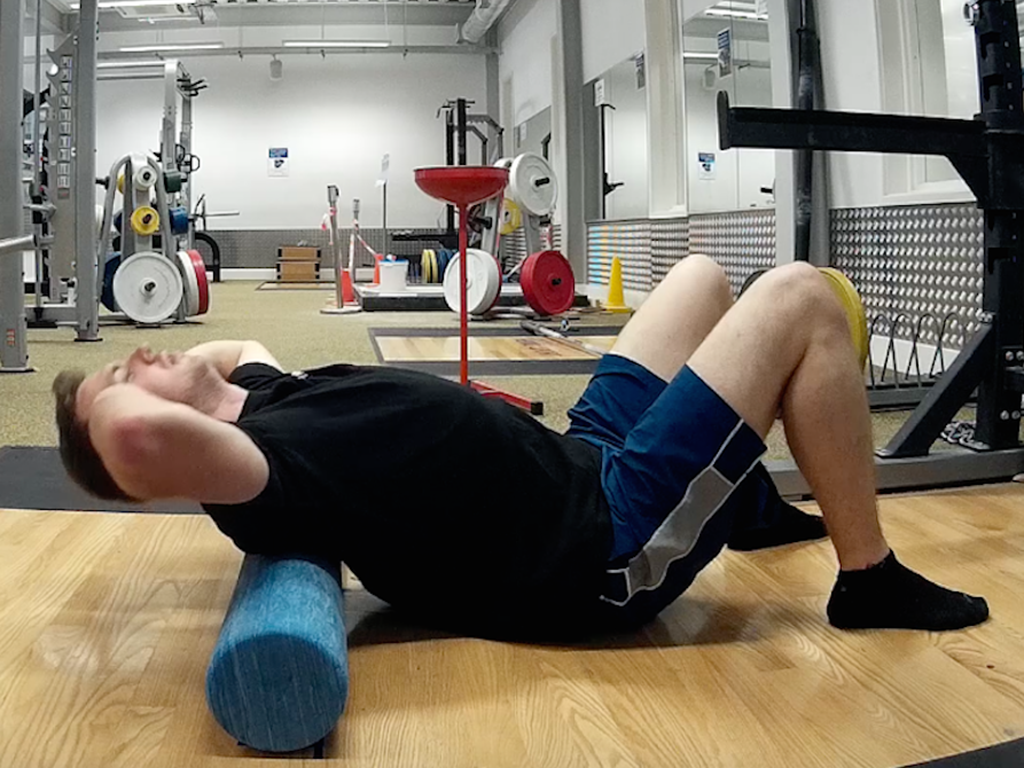








Pingback: Golf Mastery from Your Body’s 6 Mobile Zones - Golf Slot Machine
Pingback: Golf Mastery from Your Body’s 6 Mobile Zones
Louis
Aug 19, 2014 at 7:04 pm
Dave,
thanks for info. All tips are needed for this newbie. Looking forward to hitting the links.
P Davis
Aug 17, 2014 at 11:13 pm
i agree with K Sanford. good article
K. Sanford
Aug 16, 2014 at 4:43 pm
Very informative article. i now have a better understanding of how the LPGA Pros create distance and accuracy. When watching them swing, they have great mobility and stability.
Jack
Aug 16, 2014 at 4:33 pm
I agree 100%. The chart showing the pyramid from mobility to skills is very useful to show how a golfers skill level would breakdown when one of the chains in the pyramid breaks.
DR D
Aug 15, 2014 at 11:12 pm
very interesting and good article
mike
Aug 15, 2014 at 10:45 pm
if mobility is the foundation, where does stability fit in? i thought stability was the foundation.
Dave
Aug 15, 2014 at 11:15 pm
Good question Mike. The answer will come in the next installment to this series with the next article on stability. So stay tune. Thanks
Henry Lee
Aug 15, 2014 at 9:50 pm
Dave’s article has been a life saver for me. He takes the obvious and makes it practical and useful. Where have you been hiding Dave? Keep up the good work in order to continue making a difference!!!!
sam
Aug 15, 2014 at 2:20 pm
This is great information that all golfers can really apply. This will definitely stop the back injury that are so common. Keep it coming. Great article.
Dr. Troy
Aug 15, 2014 at 12:35 pm
Ive been trying to get my buddy to understand this principle for over a year and yet he wont listen…Stubborn as hell…Good article!
Joel
Aug 15, 2014 at 11:56 am
Great article. Right to the point
RAT
Aug 15, 2014 at 9:00 am
Great idea , like it ..
Sherman
Aug 14, 2014 at 11:02 pm
It’s amazing to see McILROY swing with control. But now I understand why. Thanks for the information. The videos are great as well. Will incorporate the exercises in my fitness program
Pingback: How increasing mobility can help your golf swing | Spacetimeandi.com
Yrrdead
Aug 14, 2014 at 8:12 pm
Nice article , will have this bookmarked.
Pingback: Increasing Your Mobility can Help Improve Your Golf Swing - I'd Rather Be Golfing
jeff
Aug 14, 2014 at 7:47 pm
This really helped me to understand that I need to use my lower body to start and create speed not my upper body. Thanks
Morris
Aug 14, 2014 at 7:41 pm
Great article. Keep them coming. Very informative